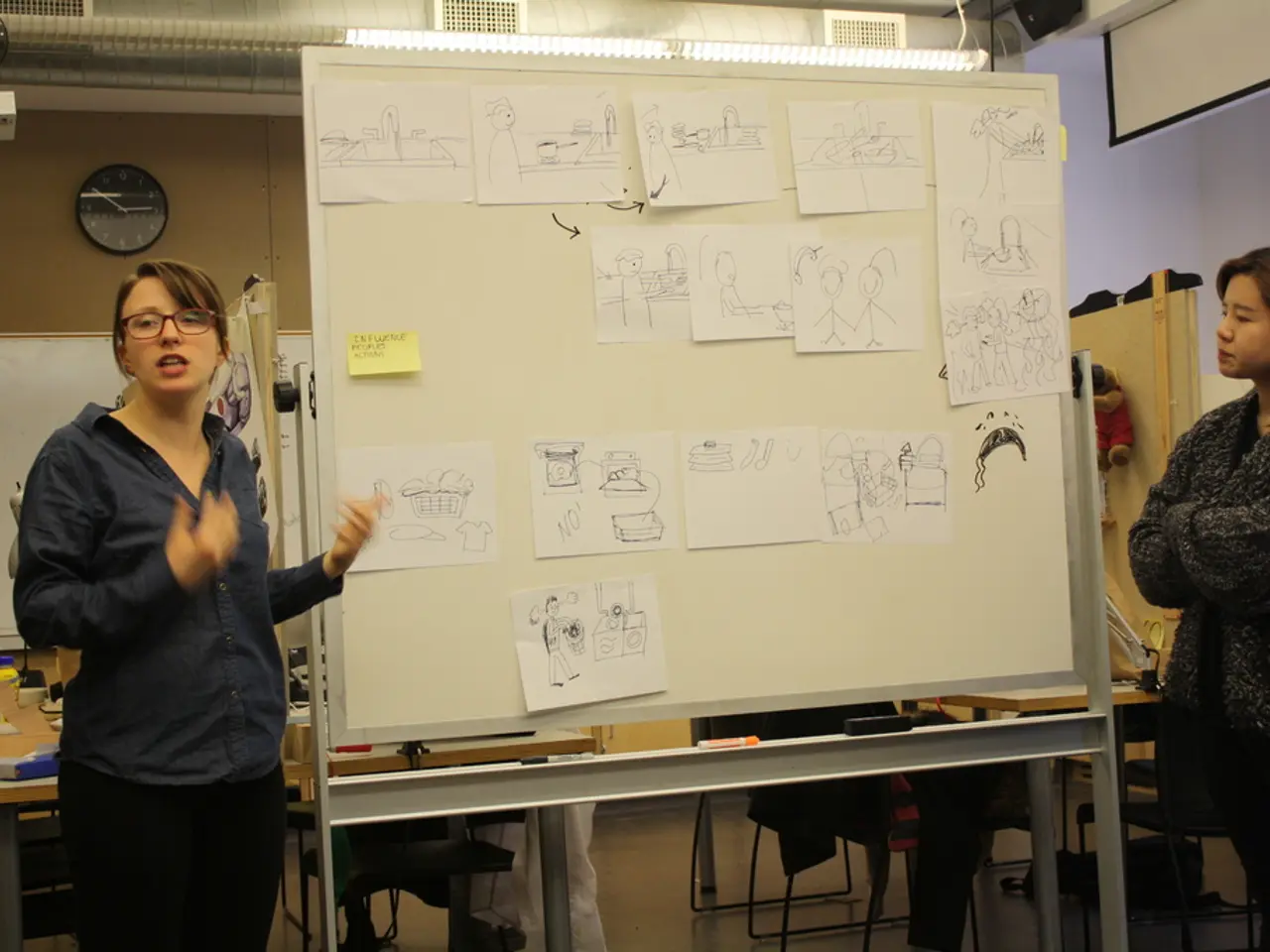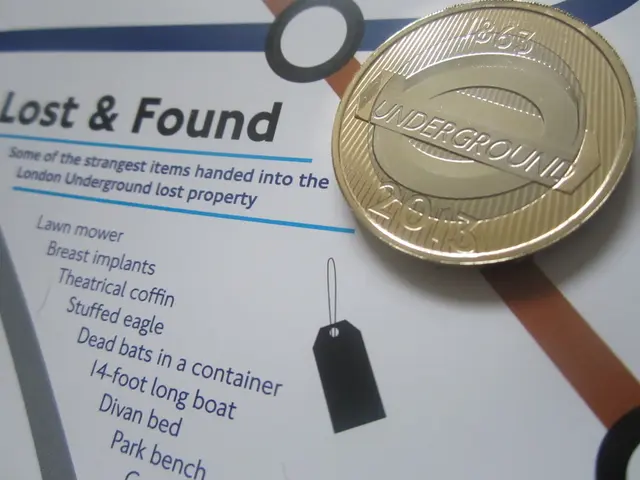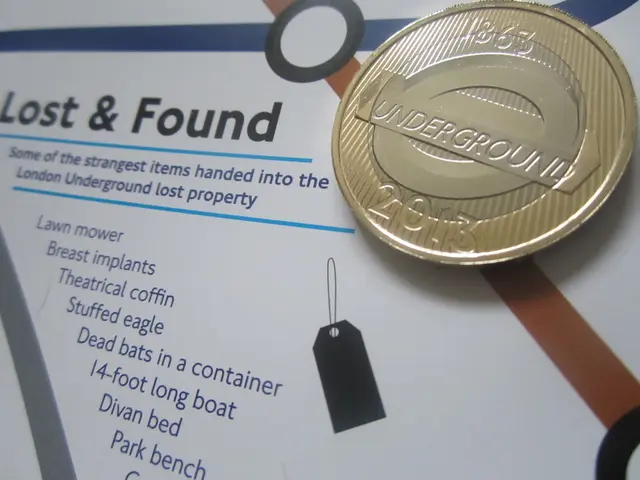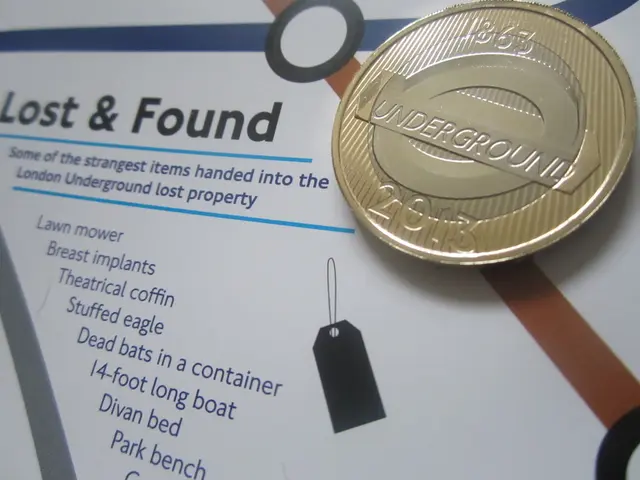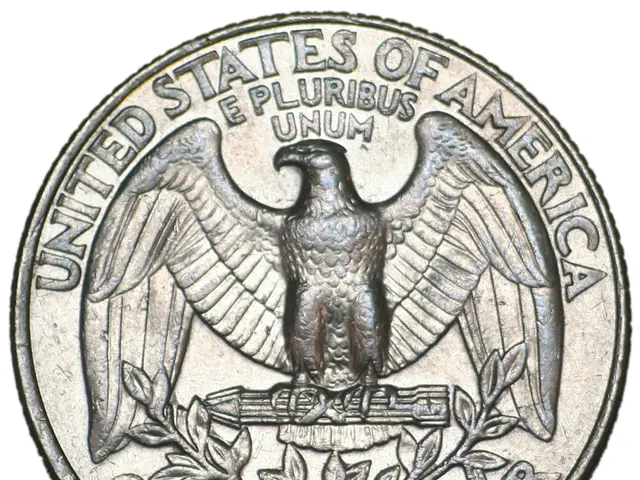Interpreting Romantic Advances: Defining Flirting
In the realm of social interactions, flirting is a common phenomenon that often serves as a prelude to deeper relationships. It involves verbal and nonverbal behaviours that signal interest or attraction toward another person.
One of the most apparent signs of flirting is the showering of compliments. If someone consistently showers you with praise, it's likely they are flirting with you, hinting at their romantic interest. Similarly, overly generous behaviour can also be a sign of flirtation, as it indicates a desire to please and win favour.
Physical touch can also be a potent indicator of flirting, especially if it's intentional. Frequent hand-touching, playful attention, or even a simple touch on the arm can be signs that someone is flirting with you.
Flirting is often used to start getting to know someone romantically. It can be a way of communicating attraction and hinting at the desire for a sexual or romantic relationship. Studies show that flirting can reduce stress and boost overall well-being, making it an emotional instinct rather than a logical process.
However, flirting can cause issues when someone is in a relationship. It can lead to emotional cheating if it turns to a deeper connection, potentially causing distress and conflict. Therefore, it's essential to be aware of your actions and the context in which they occur.
Interest in intimate conversations can also be a sign of flirting. If someone shows interest in your thoughts and feelings, they might be flirting, as they are trying to build a deeper connection with you. Some people flirt to boost their self-esteem or have fun by being playful.
Flirtatious facial expressions, such as turning the head to one side, tilting it down, and consistent eye contact, are also indicative of flirting. Smiling or laughing frequently, prolonged eye contact, and giving plenty of compliments are other examples of flirting behaviours.
Interestingly, similarities between individuals, such as appearance, interests, or values, can increase the likelihood of flirting. If someone seeks ways to spend time with you, asks for your help, or offers to assist you, it could be a sign that they are flirting with you.
The origin of people interested in deeper relationships and flirting is often rooted in early childhood experiences influencing their attachment style. Specifically, individuals who had frustrated needs for emotional closeness and security may develop insecure attachment styles (e.g., anxious or avoidant), affecting their approach to relationships and intimacy later in life.
In conclusion, understanding flirting is crucial in navigating social interactions. By recognising the signs, you can better understand the intentions of others and respond accordingly. Whether it's a friendly gesture or a sign of romantic interest, being aware of flirting can help you make informed decisions and maintain healthy relationships.
Read also:
- Peptide YY (PYY): Exploring its Role in Appetite Suppression, Intestinal Health, and Cognitive Links
- Toddler Health: Rotavirus Signs, Origins, and Potential Complications
- Digestive issues and heart discomfort: Root causes and associated health conditions
- House Infernos: Deadly Hazards Surpassing the Flames
